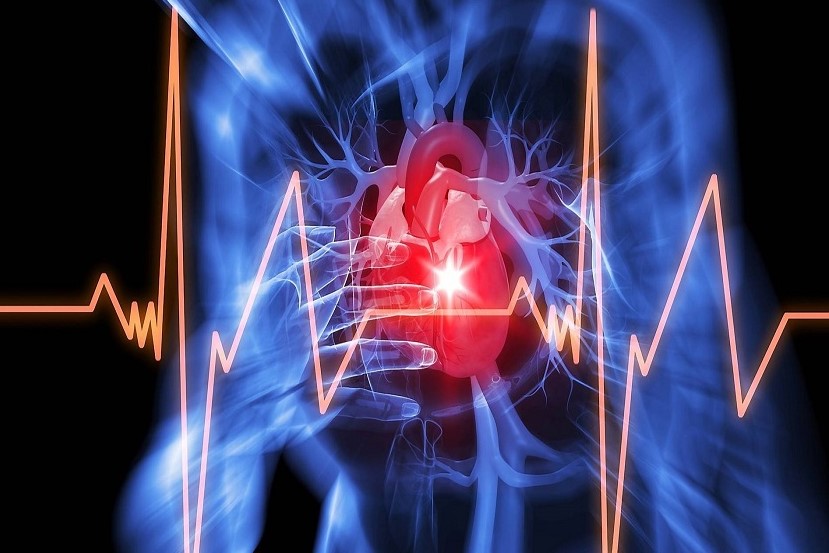
Tachycardia: is there a risk of arrhythmia? What differences exist between the two?
Tachycardia (an accelerated heartbeat) is a fairly common phenomenon: everyone has experienced an increase in heart rate at least once, perhaps in a state of agitation or stress, despite being at rest, i.e. without the body being put under stress
However, under normal conditions, without a state of stress or a pathology causing it, tachycardia can be an indication of the presence of arrhythmias: severe conditions that can represent a risk for the patient suffering from them.
When can tachycardia become pathological? And what should we look out for when it comes to arrhythmias?
Are tachycardia and arrhythmia the same thing?
Tachycardia indicates a heart rate above 100 beats per minute (normally the heart rate is between 60 and 100 beats).
It is a condition that can be completely normal (think of when doing sports for example) or it can be associated with psychological states such as agitation and anxiety, but also with feverish states or other pathological conditions, such as:
- hyperthyroidism
- heart disease
- the use of certain drugs or drug abuse.
Tachycardia is also known as heart palpitation and should be distinguished from extrasystole, i.e. the so-called ‘heart murmur’, which causes a missing heartbeat.
The heart palpitation to be investigated with an arrhythmologist is that tachycardia that has a sudden onset and end.
If, on the other hand, the end is gradual, dampened over time, then it is most probably not a cardiac arrhythmia.
Arrhythmia occurs when there is an abnormality of the heart’s electrical impulses entering a well-defined electrical circuit in the atria or ventricles.
Usually the symptoms are shortness of breath and a feeling of fainting as well as palpitations.
Arrhythmias, if left untreated, can aggravate serious medical conditions such as heart failure, stroke, heart attack and cardiac arrest.
A Holter 24h ECG is usually sufficient to diagnose and identify the cardiac arrhythmia provided it occurs during the 24-hour period.
If, on the other hand, arrhythmias are rarer, a longer holter is necessary, lasting up to 7 days.
Arrhythmia, which are the most common types
Among the most common arrhythmias is atrial fibrillation.
This is a type of arrhythmia characterised by irregular electrical impulses of the atria, and is much more frequent after the sixth decade of life as well as in patients with cardiovascular and pulmonary diseases.
A younger sister of atrial fibrillation is atrial flutter, in which the beating of the atria is rhythmic and not disordered, which often develops concomitantly with the first type of arrhythmia and involves similar symptoms and causes.
Ventricular tachycardia, on the other hand, is particularly severe, causing the heart to beat very fast and thus causing a pumping deficit: this arrhythmia can also be the cause of sudden death.
This type of arrhythmia is associated with heart disease and, in particular, can develop during or after (even several years later) a myocardial infarction.
To interrupt this arrhythmia, transcatheter ablation of ventricular tachycardia and/or implantation of a defibrillator is required.
Among the hypokinetic arrhythmias: bradycardia
This is a condition that involves a slower heartbeat, less than 60 beats per minute.
Generally, these should not cause concern in the general population.
However, if the bradycardia is marked (<40 bpm), it may manifest itself in great fatigue of the patient, who feels lacking in strength and sometimes faints.
How is arrhythmia treated?
The presence of arrhythmia can be detected by the cardiologist by means of an electrocardiogram.
Sometimes it is paroxysmal, i.e. appears at certain times of the day, which is why a 24-hour Holter ECG is necessary.
This is a portable electrocardiogram that the patient wears for 24 hours and allows each beat to be recorded.
Once the arrhythmia has been diagnosed and it has been identified to which type it belongs, the most suitable therapy will be evaluated.
If the arrhythmia is hyperkinetic (i.e. fast heartbeat), drug therapy or electrical therapy (read transcatheter ablation or defibrillator implantation) may be prescribed.
In the case of bradycardias, on the other hand, therapy involves implanting a pacemaker.
Preventive therapies against the development of arrhythmias are not yet available.
Read Also:
Emergency Live Even More…Live: Download The New Free App Of Your Newspaper For IOS And Android
Defibrillator: What It Is, How It Works, Price, Voltage, Manual And External
The Patient’s ECG: How To Read An Electrocardiogram In A Simple Way
Signs And Symptoms Of Sudden Cardiac Arrest: How To Tell If Someone Needs CPR
Inflammations Of The Heart: Myocarditis, Infective Endocarditis And Pericarditis
Quickly Finding – And Treating – The Cause Of A Stroke May Prevent More: New Guidelines
Atrial Fibrillation: Symptoms To Watch Out For
Wolff-Parkinson-White Syndrome: What It Is And How To Treat It
Do You Have Episodes Of Sudden Tachycardia? You May Suffer From Wolff-Parkinson-White Syndrome (WPW)
Transient Tachypnoea Of The Newborn: Overview Of Neonatal Wet Lung Syndrome


